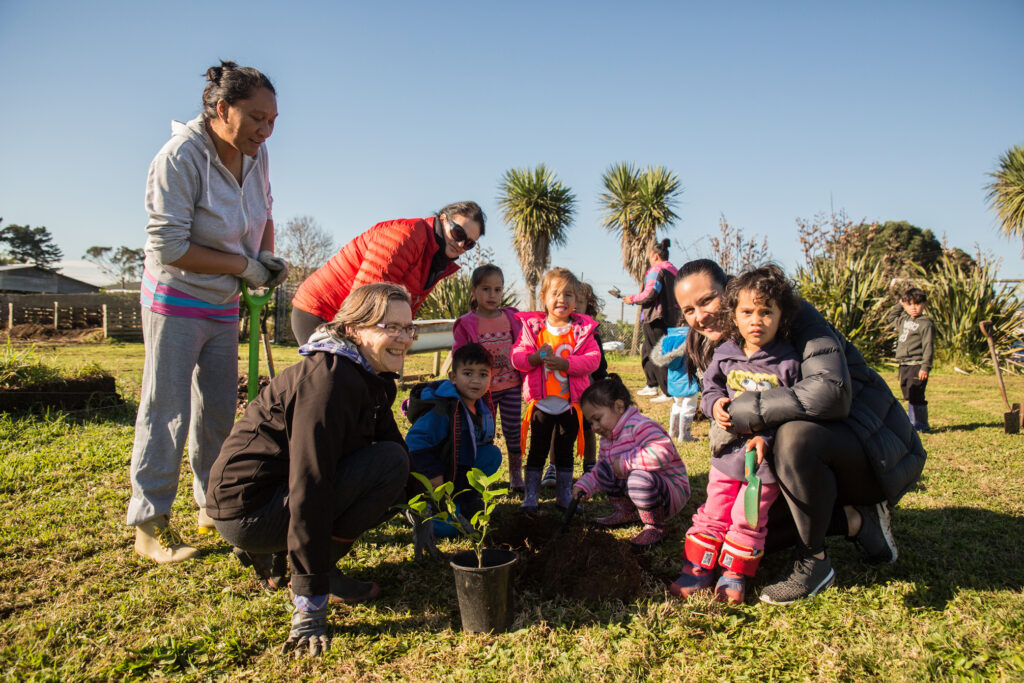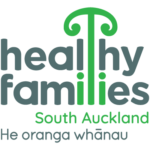
The Department of Conservation (DOC) is adopting a new approach in their work in South Auckland by collaborating with three local marae in a year-long initiative to support active kaitiakitanga.
Joined by The Southern Initiative and Healthy Families Manukau, Manurewa-Papakura, ‘Te Pū a nga Maara’ Collective is underpinned by the needs and aspirations of Makaurau, Papatuanuku Kokiri and Manurewa marae.
As the name indicates, the Te Pū a nga Maara Collective (located on the west coast of the Manukau Harbour where Puanga is the guiding star) makes links to celestial matauranga. Mātauranga literally means Māori knowledge and encompasses traditional concepts of knowledge and knowing that Māori ancestors brought with them to Aotearoa. In terms of this project, it also refers to concepts of growing and cultivation, and through Te Pū, connects to the story of creation and the importance of all living things.
It’s an exciting partnership for Pieter Tuinder, Acting Partnerships Director Auckland, Department of Conservation, who says the success of the prototype in South Auckland will feed into a nation wide roll out of urban conservation with communities.
“We are working to combine the strengths of indigenous science with our current Western science methodology to better understand how to care for our environment,” says Mr Tuinder.
“There are real connections between flourishing waterways and the health and wellbeing of people who live near by. These are between growing healthy food and environmental conservation, educational aspirations using matauranga Māori and, our environment supporting that learning.
“By encouraging communities to nurture and protect our natural environments we will better connect to the biodiversity, spirituality, history, culture and overall health and wellbeing that a healthy environment brings,” he says.
With a third wananga taking place in Manurewa today, Te Pū a nga Maara are keen to progress long-term priorities for each marae. These include the Hua Parakore and Kai Oranga programme (indigenous model for growing food) at Papatuanuku Kokiri Marae, restoring Oruarangi Awa and supporting a financially sustainable native plant nursery at Makaurau Marae and, meeting the educational aspirations to formally establish a conservation-focussed science academy at Manurewa Marae.
For the team at Papatuanuku Kokiri, the aspiration to have all marae self-sustainable and able to grow and harvest healthy kai from their own gardens, filtering it directly into the marae kitchen, is quickly becoming reality.
The Mangere-based community hub grow seven varieties of kumara and an array of fresh vegetables using the teachings of maramataka (Maori lunar calendar). Accompanied by growing and cooking classes, they are equipping their community to return back to the whenua for a more pure, healthier and cost-effective way of living.
“Being part of Te Pū a Nga Maara means we are no longer in isolation with pursuing and achieving our goals,” shares Papatuanuku Kokiri Kaiwhakahaere, Valerie Teraitua. “Everyone has a different focus, but it all connects back to our natural resources. In turn, connecting to us as people. As a Collective we can draw on each others skills and experiences to create a better future for all our people.”
A few of the skilled practitioners on hand to support systematic and transformational change for whanau include Maramataka expert Rereata Makiha and Environmental Consultant Sophia Olo-Whaanga. There is also support from the Healthy Waters and Auckland Plan Strategy and Research teams within Auckland Council, partnerships staff and rangers at the Department of Conservation and, Activators working in areas of wai, physical acitivity and Maori responsiveness at Healthy Families MMP.
In its first two wananga the Collective has seen quick wins. Marae representatives have attended a co-design masterclass to further support their programmes of activity and Makaurau marae, located in the unique urban papakainga setting of Ihumātao, has added to its existing fruit forest and progressed its work around water conservation.
Michelle Wilson of The Southern Initiative adds: “We’re also able to create more awareness and interest in the matauranga Māori approach within other areas of Council, as well as respond to our commitment and obligations to Māori in a way that will improve outcomes for all.”
Two of DOC’s strategic goals are for New Zealand to be predator free by 2050 (with respect to rats, stoats, and possums) and having 90 percent of New Zealanders connected to nature. With 87 percent of people living in and around urban centres, the Te Pū a Nga Maara holisitc view of conservation is a shining light.
“It is critical that we expand our conservation work beyond national parks to also include where we live and work. This will support an enduring system of change for looking after our nature,” says Mr Tuinder.
“By taking a different approach to conservation work, connecting food, water, education and health, I believe we will see a reignition of the deep connection we all have to nature. This will have positive effects across New Zealand.”
For media queries contact Kiri Hannifin: 021815519, kiri.h@healthyfamilies-mmp.org.nz



